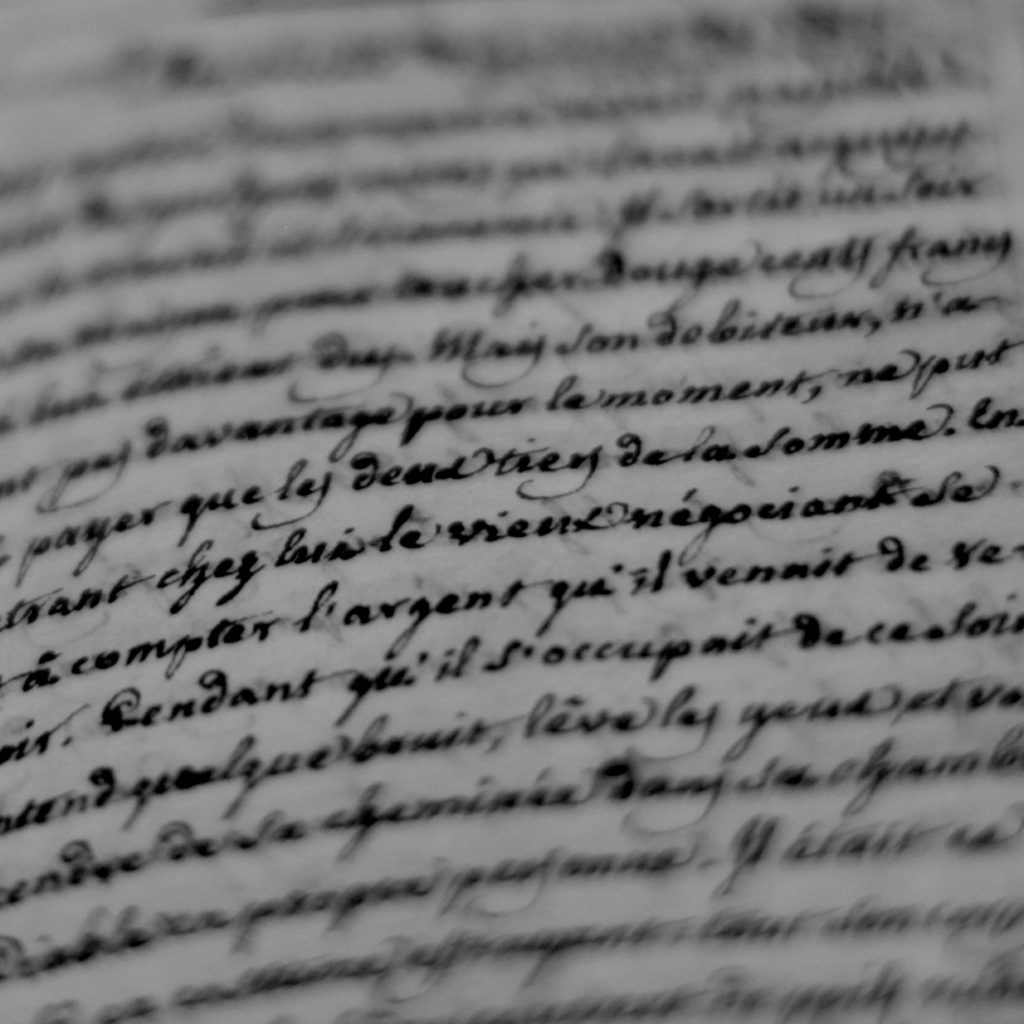A Brief Guide to Methodism

In this series of articles I am sharing parts of an article written by Trevin Wax on the Gospel Coalition website. In that article he gives a brief introduction to the various branches of the Christian Church. The original article can be accessed here.
Methodism
Name: “Methodists” started as a derogatory term to describe the Holy Club, started around 1729 by Oxford students John and Charles Wesley and George Whitefield. The term was used to describe their focus on how Christians should live holy lives.
History: Several groups in the Wesleyan tradition trace their roots back to John Wesley and his teachings. Wesley initially served as a priest and missionary with the Church of England to the American colonies in the 1700s. Methodism spread rapidly through the American Colonies due to the evangelistic efforts of ministers and laypeople. Wesley named his successors in 1784, which created Methodist groups as a separate legal group from the Church of England. The final break between the Methodist Church and the Church of England occurred in 1797 after several failed attempts to bring the two groups together. Here is a brief essay on Methodist theology.
What Church Is Like: While they may not follow a scripted model for reciting various prayers, Methodist churches still follow a common and consistent structure to their worship. One common order includes a musical prelude, singing at various points, Scripture readings from the Revised Lectionary, congregational prayer, a sermon, offering, benediction, and musical postlude.
Polity: The Methodist system follows the polity of connexionalism, which teaches the importance of connection among believers at various levels. Methodism uses conferences at different levels composed of both elected laypeople and ordained ministers to govern the needs and concerns of local churches up through the entire denomination.
Distinctives:
- The most prominent denomination in America, the United Methodist Church, acknowledges the Confession of Faith from the Evangelical United Brethren Church along with the early Christian creeds and key writings of John Wesley as foundational statements of doctrine.
- Wesley taught the Arminian view of the human will. Through “prevenient grace,” God shows grace to all humans by repairing their will, which was damaged by the fall, to freely receive or reject Christ. In this way, human choice is still an act of God’s grace.
- Wesley taught that a Christian could become fully mature (sometimes called entire sanctification or Christian perfection). While Christians would not become fully sinless in this life, they could become fully mature in Christ, wholly devoted to loving God and neighbor.
Famous Figures: John and Charles Wesley, Richard Allen, E. Stanley Jones, Albert Outler, Thomas Oden, Richard Hays, Joel Green.
Related Groups:
- The United Methodist Church is a mainline Protestant denomination in America and was formally established in 1968 when the Evangelical United Brethren Church (est. 1946) merged with the Methodist Church (est. 1939).
- The new Methodist conservative breakaway wants to join the Global Methodist Church, as more liberal clergy and laypeople push the United Methodist Church to break away from the traditional church teachings on sexuality.
- Several African American streams of Methodism were started by former slaves and include the African Methodist Episcopal Church (est. 1816), the African Methodist Episcopal Zion Church (est. 1821), and the Christian Methodist Episcopal Church (est. 1870).
In Christ,
Bret
